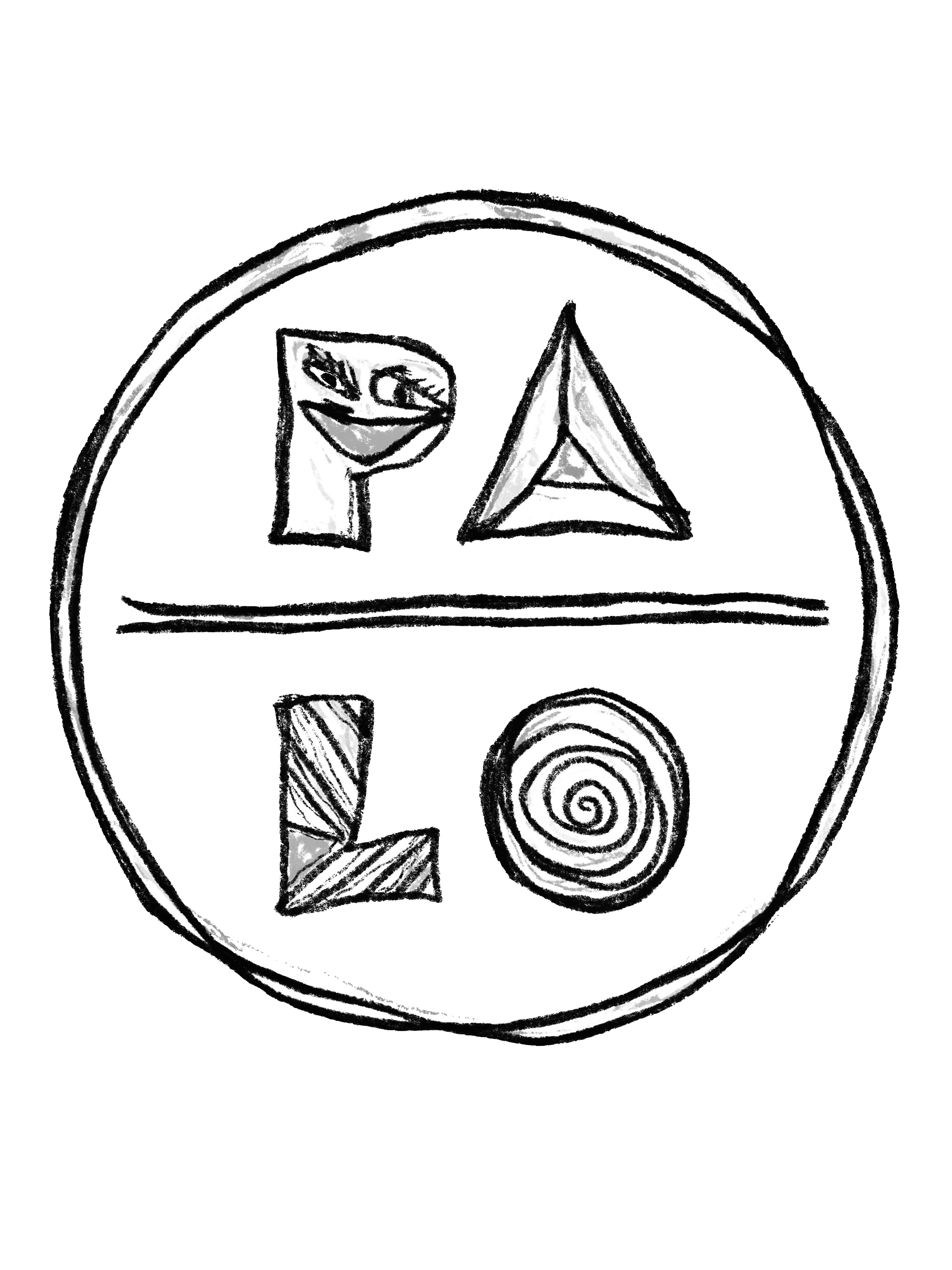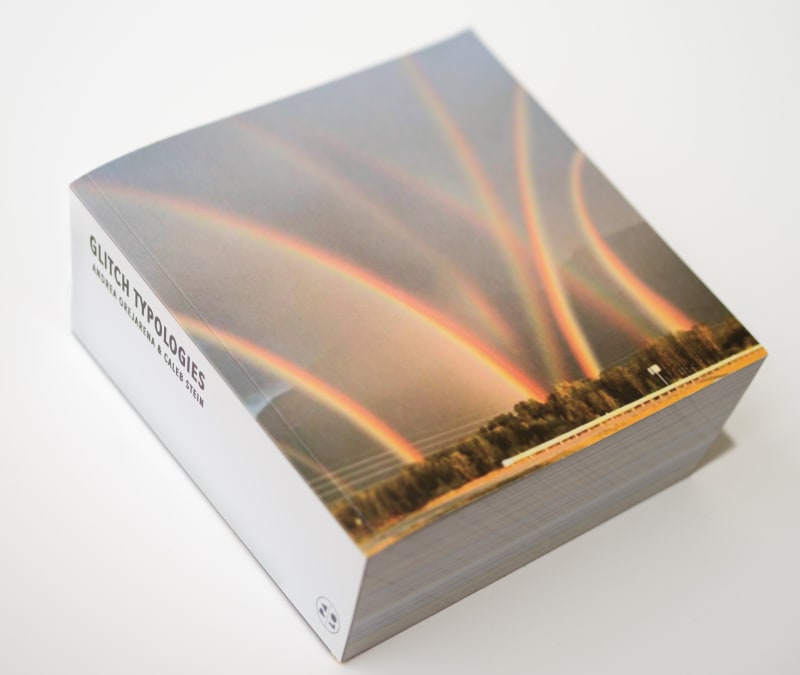Publisher: Palo Press
ISBN: 979-8-218-66476-3
$72.91
Orejarena & Stein’s extensive visual archive includes everything from spiritual, romantic images (like sublime sightings of angels in the clouds) and daily impossibilities of material DIY glitches (such as geometric fruits), to deeply uncanny and humorous images (like doppelgängers, cats, and dogs), and conspiratorial speculations about UFO sightings or B2 bombers that resemble pixels glitching in a sky that hasn’t fully “loaded.”
The archive of images compiled by Orejarena & Stein exists within precisely this space of visual practices, where meaning dissolves, loops of suggested behaviors glitch, and a pixelated, networked photographic poetics emerges.
Orejarena & Stein are part of a generation of lens-based artists whose formative years were influenced by texts like Hito Steyerl’s »In Defense of the Poor Image« (2009). Steyerl’s essay informed their understanding of the conceptual use of photography as a medium inherently intertwined with networked societal use, mass circulation, and the iterative loss of pixels and information as images traverse the internet.
The frontal, thoroughly composed, sharp images expose the visual rhetoric of photography as a cultural technique of neutral evidence. Installed opposite the dynamic archive of projected, reflected and dislocated poor images—the coded, fleeting, funny, and poetic “trash that washes up on the digital economies’ shores”—these high-resolution photographs provoke questions about their role as (former) currency in belief and trust making.
The archive of images compiled by Orejarena & Stein exists within precisely this space of visual practices, where meaning dissolves, loops of suggested behaviors glitch, and a pixelated, networked photographic poetics emerges.
Orejarena & Stein are part of a generation of lens-based artists whose formative years were influenced by texts like Hito Steyerl’s »In Defense of the Poor Image« (2009). Steyerl’s essay informed their understanding of the conceptual use of photography as a medium inherently intertwined with networked societal use, mass circulation, and the iterative loss of pixels and information as images traverse the internet.
The frontal, thoroughly composed, sharp images expose the visual rhetoric of photography as a cultural technique of neutral evidence. Installed opposite the dynamic archive of projected, reflected and dislocated poor images—the coded, fleeting, funny, and poetic “trash that washes up on the digital economies’ shores”—these high-resolution photographs provoke questions about their role as (former) currency in belief and trust making.


